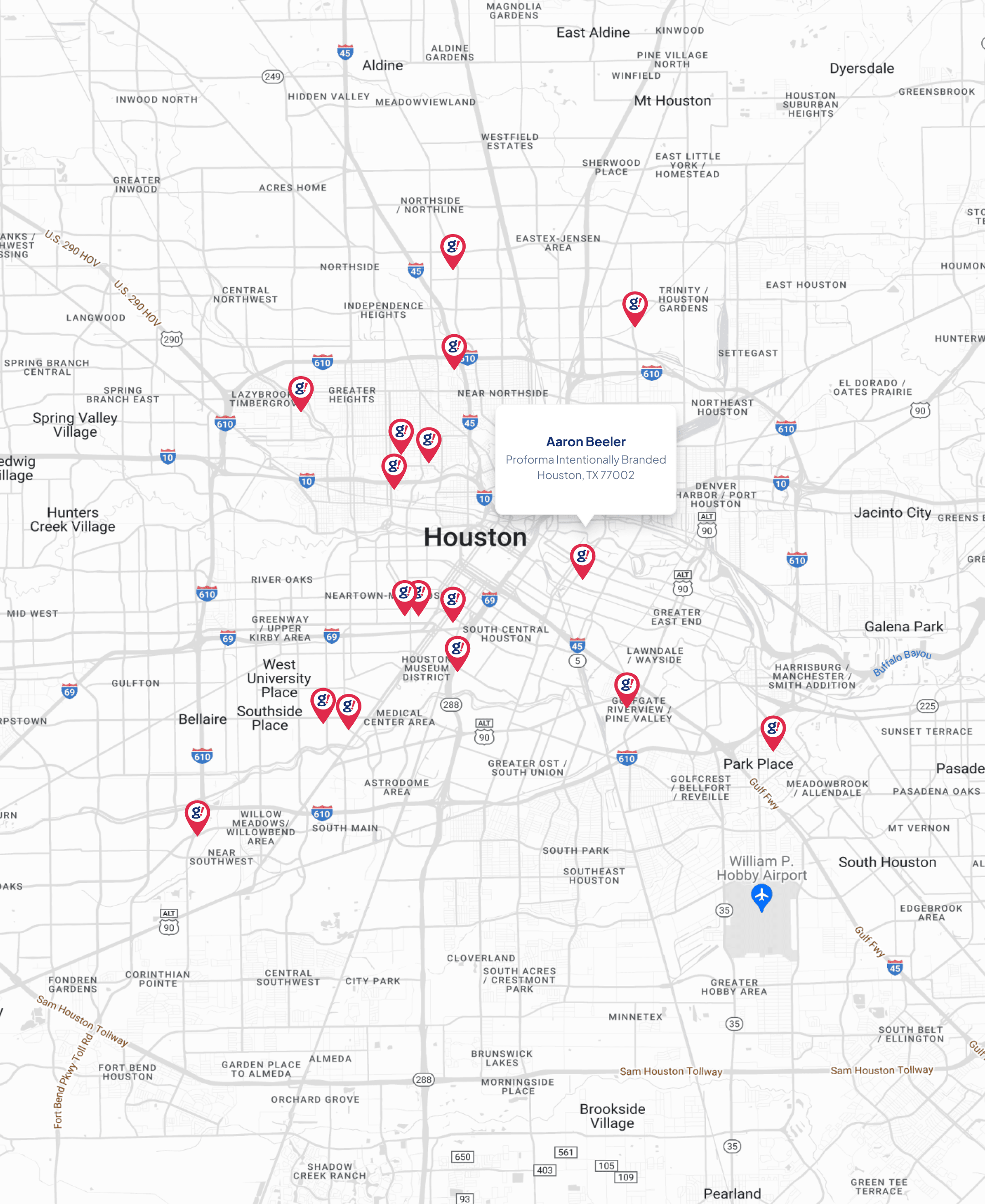Configuration Guide for Local SEO - Yoast Knowledge Base
- Updated on: 2017-08-06
- Read original article here

Home » WordPress Plugins » Yoast SEO: Local » Configuration Guide for Local SEO
Configuration Guide for Local SEO
Category
If you've already installed the Local SEO plugin , you can start using it.
Unsure how to properly represent your company? Google has some great guidelines for representing your business in search results.
Table of Contents
You can find your Local SEO Settings by going to SEO → Local SEO.
1
Log in to your WordPress website. When you're logged in, you will be in your 'Dashboard'. On the left-hand side, you will see a menu. In that menu, click on 'SEO'.
2
The 'SEO' settings will expand providing you additional options. Click on 'Local SEO'.
Single Location Details
You can enter your single location details by filling in the sections. For "Business Type" you should enter the business type that best describes your business. If there are no options that best describe your business, we suggest going with "Local Business". You can learn more about different business types here: My business type is not listed .
Longitude and Latitude
Enter your longitude and latitude details. If you are not sure what they are, we suggest leaving it blank and allowing the plugin to automatically calculate it for you.
Advanced Settings
The advanced settings section comes with six settings.
Unit System: This option is used to output the system when calculating distance.
Default Map Style: This option specifies the default display of the map.
Address Format: Select the right format for your address. Since different countries display addresses differently, we ask that you contact pluginsupport@yoast.com if yours is not listed.
Default Country: Select the country your business resides in.
"Show Route" Label: This option allows customization of the default label that appears in the show route box.
Custom Marker: This option allows a custom map marker to display instead of the default Google map marker.
Multiple Locations
If you have multiple locations, please tick the checkbox and save the plugin settings to enable this feature.
1
Click 'Publish'. Repeat for each location.
Slugs and Labels for Multiple Locations
When multiple locations are enabled options to edit the slug (part of the URL) and labels will appear. We suggest customizing them to match your niche in the Local SEO settings .
Locations slug
The slug for your location pages. Default slug is locations. Therefore you can find all the locations onhttp:///locations/. If you change it to, let's say, "stores" the URL to view them all will be http:///stores/.
This slug must be unique and not used elsewhere in your site.
Locations label singular
The singular label for your location pages. Default label is Location.
Locations label plural
The plural label for your location pages. Default label is Locations.
Locations category slug
The slug for your location categories. Default slug is locations-category. If you change it to, let's say, "stores-category" the URL to view them all will be http:///stores-category/.
This slug must be unique and not used elsewhere in your site.
The locations word in the permalink can be removed by using one of the Local SEO Filters
Opening hours
By default the opening hours are displayed in am/pm time format. If you want to use the 24 hour format, please check this on the settings page. Also, if you have two sets of opening hours per day, you can check that option as well. If you are closed be sure to select that option in the drop-down menu.
To show the opening hours on your website you can use a widget or shortcode .
Single Location
If you have a single location, you can enter the details on the Local SEO settings page.
Multiple Locations
If you have multiple locations , you will find this with the Business Details for each Multiple Locations
Submit your Geo Sitemap to search engines
You don't have to submit the geo-sitemap to Google Search Console (former Google Webmaster Tools) yourself. The plugin automatically adds it to /sitemap_index.xml, so all you have to do is submit /sitemap_index.xml to Google Search Console (former Google
Webmaster Tools). Which you probably already did! But if you haven't, please follow the steps here .
Widgets
You can view the widgets by going to Appearance->Widgets. These widgets may be used to display to address details or a map (we're using Google Maps for this).
The map widget controls how the map is displayed
If you have multiple locations Be sure to select a location from the drop-down menu
All Locations By selecting "Show all Locations", the map will show all your locations rather than the one specified in the drop-down menu.
Map Dimensions The dimensions of the map are controlled by the height and width options
Zoom Level Zoom level controls how the map is viewed. 1 is the farthest away and 21 is the closest.
Show State, Country, URL Enabling "Show State, Show Country, and Show URL" in the info-window provides some additional information for users when they click on the map marker. The default info-window displays the address, city, and zip/post code.
Route Planner Enabling Show Route Planner displays a route tool that users can use to help plan their trip
Default Info-Window Settings
Enabling Show State, Show Country, Show URL in info-window
Map Widget with Show Route Planner enabled
Show Openings Hours Widget
This widget shows your opening hours.
If you use multiple locations be sure to select your location
Select the days you want to show
Hide Closed Days should be enabled if you had set your opening hours to be closed. If you have this option will not show those days
Extra Comment is useful for displaying extra information about your hours such as extended hours, special hours, closing early etc.
Back End
To set your hours to be closed navigate to the location and change the hours in the drop-down menu
Front End
ShortCode Buttons
Map, Address, Opening Hours and Store locator information can be added through the use of a button. These buttons will appear across all posts, pages, and custom post types.
Store locator button
Map Button: When clicking the 'Map' shortcode button the following popup will appear. If you use multiple locations be sure to select the right one from the drop-down box.
As you can see, this is really easy to use! Just select and set everything the way you want! And this map is actually responsive as well, meaning it will resize based on your browser/screen size! If you want to see what they look like live, you can see them on our Local SEO demo site: http://local.yoastdemo.com/maps-examples/ You can also add the map using non-button shortcodes too.
Address Button: When clicking the 'Address' shortcode button it will show this popup. You can also add the the address shortcode using a non-button shortcode too. If you use multiple locations be sure to select the right one from the drop-down box. You can also customize it to display the kinds of information useful for your customers.
Opening Hours Button: When clicking the "Opening hours" short code button it will show this popup. You can also add the opening hours using a non-button shortcode too. If you use multiple locations be sure to select the right one from the drop-down box.
Shortcodes
Enter this in the content of your post or page: [wpseo_address]
You can use the following options:
id: the ID of your location. Only use this attribute when you have multiple locations and/or you're using this shortcode on another page than the location page itself (for example your contact page)
oneline: true/false. Whether to have address all on one line.
show_state: true/false. Default to true. Whether to show the State/Region or not.
show_country: true/false. Default to true. Whether to show the Country or not.
show_phone: true/false. Default to true. Whether to show the Phone number or not.
show_phone_2: true/false. Whether to show another phone number or not.
show_fax: true/false. Whether to show a fax number or not.
show_email: true/false. Whether to show an email or not
show_email: true/false. Whether to show an email address or not.
show_url: true/false. Whether to show a url or not.
show_vat: true/false. Whether to show a vat number or not.
show_tax: true/false. Whether to show a tax number or not.
show_coc: true/false. Whether to show a Chamber of Commerce ID number or not.
show_logo: true/false. Whether to show a logo or not.
hide_closed: true/false. Whether you want to hide your closed days or not.
comment: Need to enter information. Any information entered between the " " will be displayed.
show_opening_hours: true/false. Default to false. Whether to show the opening hours or not. When the opening hours are not filled in it will show 12:00 AM as default text.
oneline: true/false. Default to false. Whether to show the address information in one line (true), or one line per address part (false).
Two other parameters if used will result in the business name and the business address from not displaying.
hide_name: true/false. Whether to display the business name or not.
hide_address: true/false. Whether to display the business address or not.
Full example using all parameters: Using a one "1" or the word "true" makes the parameter appear. Using a zero "0" or the word "false" makes the parameter not appear. Hiding Business Name and Address are not shown in this example.
[wpseo_address id="237" oneline="1" show_state="1" show_country="1" show_phone="1" show_phone_2="1" show_fax="1" show_email="1" show_url="1" show_vat="1" show_tax="1" show_coc="1" show_logo="1" show_opening_hours="1" hide_closed="1" comment="Extra Comment"]
Note: you can also call this function directly in your PHP code:
if( function_exists( 'wpseo_local_show_address' ) )
You can use the same attributes as described by the shortcode. Therefore you need to pass them as an array, like this:
'id' => 237, 'show_state' => true, 'show_country' => true, 'show_phone' => true, 'oneline' => false, ); wpseo_local_show_address( $params ); }
Map shortcode
Enter this in the content of your post or page: [wpseo_map]
You can use the following options:
id: the ID of your location. To show all of your locations (if you have multiple locations of course) use all as value
width: number in pixels. Default is 400.
height: number in pixels. Default is 300.
zoom: number of zoom level. Default is 12. Higher number means more zoomed in.
map_style: Describes the kind of map available. Four options are available:
roadmap: Shows the Google roadmap
hybrid: Shows a hybrid map
satellite: Shows a satellite map
terrain: Shows a terrain map
scrollable: true/false. Whether to make the map scrollable or not.
draggable: true/false. Whether to make the map draggable or not.
show_route: true/false. Default to true. Whether to show a form field for using a route planner.
Show_state: true/false. Whether to show the state in the info window or not.
show_country: true/false. Whether to show the country in the info window or not.
show_url: true/false. Whether to show the url in the info window or not.
show_email: true/false. Whether to show the email in the info window or not.
default_show_infowindow: true/false. Whether to show the info window automatically or not.
Full example using all the Map shortcode parameters:Using a one "1" or the word "true" makes the parameter appear. Using a zero "0" or the word "false" makes the parameter not appear.
[wpseo_map id="237" width="400" height="300" zoom="-1" map_style="hybrid" scrollable="1" draggable="1" show_route="1" show_state="1" show_country="1" show_url="1" show_email="1" default_show_infowindow="1"]
Note: you can also call this function directly in your PHP code:
You can use the same attributes as described by the shortcode. Therefore you need to pass them as an array, like this:
'id' => 347, 'width' => 800, 'height' => 600, 'zoom' => 5, 'show_route' => true ); wpseo_local_show_map( $params ); }
Opening Hours shortcode
Enter this in the content of your post or page: [wpseo_opening_hours]
You can use the following options:
id: the ID of your location. Only use this attribute when you have multiple locations and/or you're using this shortcode on another page than the location page itself (for example your contactpage)
Full example:
Note: you can also call this function directly in your PHP code:
} ?>
You can use the same attributes as described by the shortcode. Therefore you need to pass them as an array, like this:
'hide_closed' => false, 'echo'=> true, 'comment' => '' ); wpseo_local_show_opening_hours( $params ); }
Local SEO Filters
Remove Locations
This filter goes into the functions.php and will remove the Locations word from the permalink
add_filter( 'post_type_link', 'remove_cpt_slug', 10, 3 ); function remove_cpt_slug( $post_link, $post, $leavename ) $post_link = str_replace( '/' .$slug . '/', '/', $post_link ); return $post_link; };
Without Filter see the Locations word in permalink
With filter see the Locations word removed from permalink
Show Route Filter
You can adjust the size of the Route title name that appears beneath the Google Map. By default it is set to an h3 title tag. You can change it by entering the following filter in your functions.php. Change the h3 to an h1 or h2 etc. to adjust the size.
apply_filters( 'wpseo_local_location_route_title_name', 'h3' );
That's it! Of course, if you have company videos, you should be optimizing those with our Video SEO plugin !
Was this article helpful?



